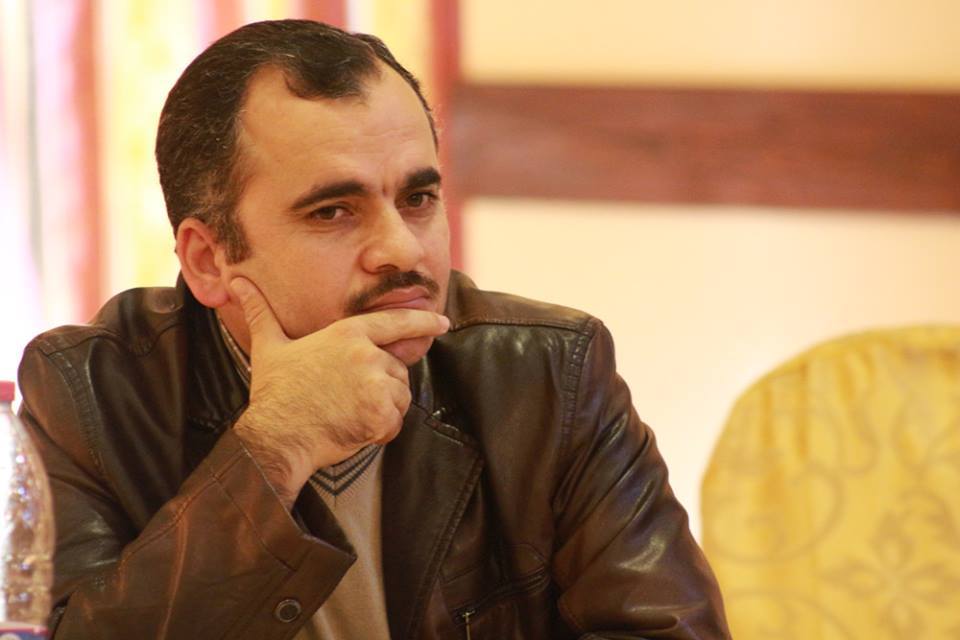Israelis believe that Hezbollah and Hamas were behind the Megiddo junction explosion in northern Israel in mid-March. There is also a growing concern that their cooperation could be the beginning of carrying out more operations within Israel, although investigations into the blast are still underway. This may indicate a change in the parties’ strategies as they have, so far, avoided carrying out operations deep in Israel.
The Megiddo attack comes after relations between Hezbollah and Hamas have improved in recent years. Hamas is trying to link Palestinians in the occupied West Bank with the 200,000 Palestinian refugees living in refugee camps in Lebanon and to create a relationship that allows it to coordinate between the three Palestinian arenas in Gaza, the West Bank and Lebanon in the fight against Israel.
The bomb at the Megiddo junction reveals a connection between a number of elements. Its type and method of detonation indicate that Hezbollah was a partner in the attack, and perhaps even initiated it, even though since the Second Lebanon War in 2006, the party has seemed wary of igniting a conflict with Israel. However, considering the political crisis in Israel, it may have decided to coordinate with Hamas to act militarily against Israel, without exposing itself.
WATCH: Lebanon army forces Israel army out of its border
Israeli army and its security services have a great interest in understanding the incident and learning who did what, how, under whose orders, and most importantly how an armed explosives-laden man managed to infiltrate from Lebanon to Israel from above or below the ground, and whether he had helpers inside, and in case they are found, this may indicate that the party and Hamas already have a common infrastructure in the West Bank. All these questions require examination and checking whether the two sides have decided to cooperate in carrying out attacks inside Israel, as well as in the West Bank.
![Israel, Lebanon tensions at the border - Cartoon [Latuff/MiddleEastMonitor]](https://i0.wp.com/www.middleeastmonitor.com/wp-content/uploads/2017/10/20150130-Latuff-Israel-and-Lebanon-Border-Tensions.jpg?resize=448%2C333&ssl=1)
Israel, Lebanon tensions at the border – Cartoon [Latuff/MiddleEastMonitor]
In parallel, according to Israeli allegations, Hamas rushed to reposition itself in Lebanon over the past few years, to establish an additional front against Israel, which would be used in the event of an escalation in Gaza or the West Bank. This means that its activities are taking place in sight of Hezbollah, and through joined coordination. It also confirms that this multi-party challenge requires that Israel acts responsibly and coordinates at a high level with a number of parties, including the United States, Europe, the United Nations, Egypt, Jordan and the Gulf states, in an effort to prevent an escalation.
At the same time, the occupation needs to stay vigilant and watch for a multifaceted incident that not only involves Hezbollah, but also Hamas’ branch in Lebanon. If this is the case, then the Megiddo attack is perhaps the final warning before a war against Hezbollah takes place. Such a war is likely to drag other arenas such as the Gaza Strip and the West Bank, and perhaps the Palestinians of 48 into it as well.
Israelis criticised the security services after the Megiddo attack, claiming that the army had been warned of unusual activity along the border, but did not know the details.
The Megiddo attack revealed that Hamas and Hezbollah are aware of all the tactical, strategic and social weaknesses in Israel. Such weakness will be seen as an opportunity to exert more pressure against the occupation until it collapses. This may require Israel to follow a new strategy, with more effective and aggressive tools that will restore deterrence.
Israeli officials have warned against containing the Megiddo explosion, claiming that it will increase the scope of Hamas and Hezbollah’s actions from the northern front, because if they realise that this is the golden hour against Israel, their desire to act against it will increase.
Almost a week has passed since the incident, but so far it hasn’t been confirmed who was responsible for sending the gunman and carrying out the attack and the case is being investigated jointly by the army, the Shin Bet, the police, and Mossad.
READ: Israel kills suspect wearing ‘explosive belt’ following roadside bomb
Israeli security circles are frustrated to see Hamas leaders in Lebanon walking around like kings, and its members participating in all military activities. They take part in commando activities, weapons development, production of precision missiles, special forces training, sniper training, intelligence gathering and investigation, anti-tank weapons and operating drones, electronic and cyber warfare and naval raids. Israelis estimate that there are hundreds of activists training in camps and training facilities in Lebanon.
Israeli data reveals that Hamas’ goal is to create multiple scenarios, and this is an increasing challenge for the occupation army on the Lebanese border, especially as the construction of the border barrier is slow, and the government has not yet to transfer the funds required for its construction or for the installation of sensors in complex border areas.
Changes in the Lebanese arena, according to Israeli readings, necessitate research into the difficult living conditions of the 200,000 Palestinians in the country, most of whom live in ten refugee camps from Tripoli in the north, passing through Beirut, Tyre, Sidon and into the Lebanon Valley.
The views expressed in this article belong to the author and do not necessarily reflect the editorial policy of Middle East Monitor.

![Israeli soldiers enter their military base at Rosh Hanikra, known in Lebanon as Ras al-Naqura, at the border between the two coutries [JALAA MAREY/AFP via Getty Images]](https://i0.wp.com/www.middleeastmonitor.com/wp-content/uploads/2022/10/GettyImages-1243719653-scaled-e1665064574920.jpg?fit=920%2C614&ssl=1)







